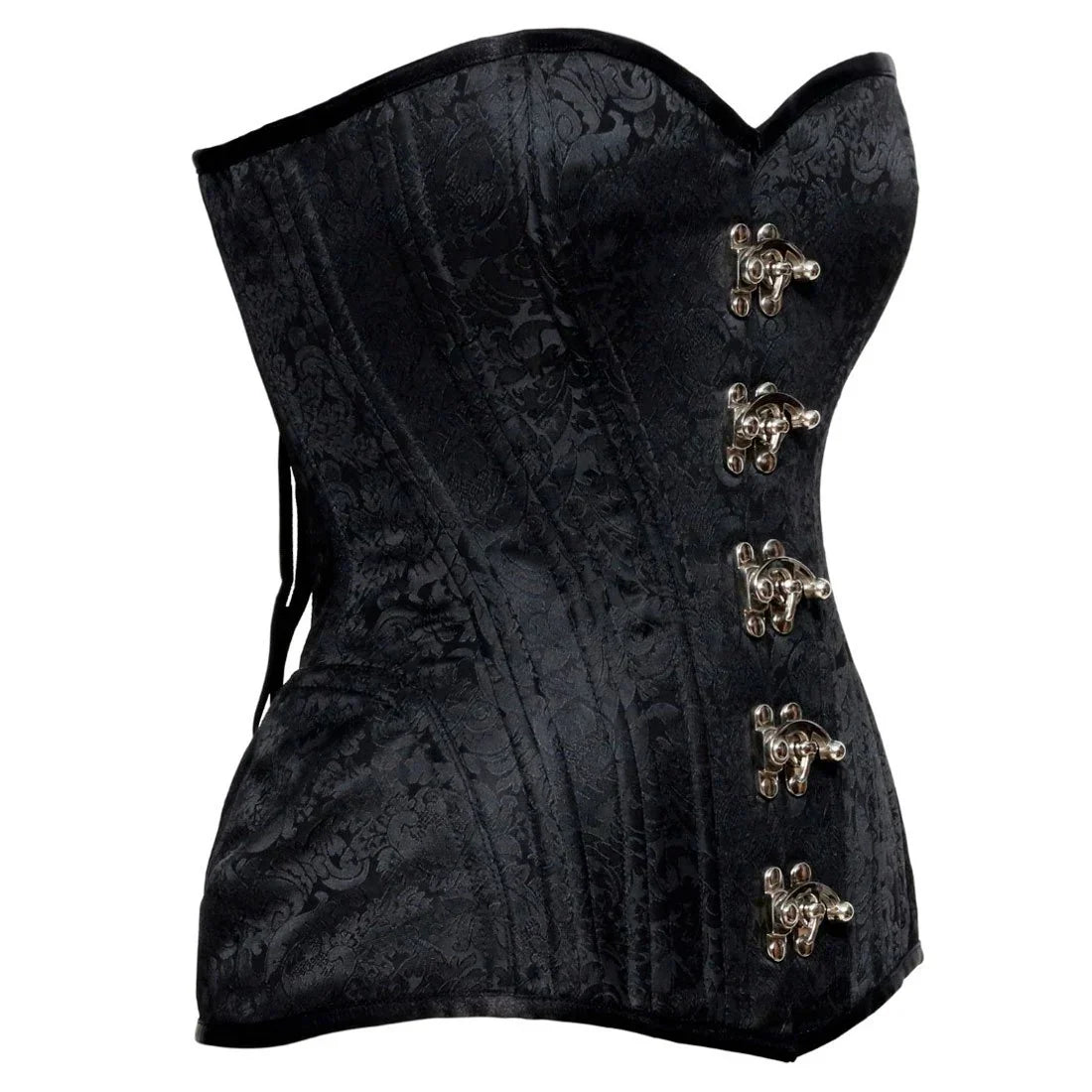
How to Choose the Right Corset for Waist Reduction
Share
Corsets have been a trusted tool for waist reduction and body shaping for centuries. Whether you are looking to achieve an hourglass figure, improve posture, or engage in waist training, selecting the right corset is crucial. With various styles, materials, and designs available, it can be overwhelming to find the perfect fit. In this guide, we will explore key factors to consider when choosing a corset for waist reduction.

1. Understand Your Waist Reduction Goals
Before purchasing a corset, define your goals. Are you looking for occasional shaping, long-term waist training, or just a mild slimming effect? Understanding your purpose will help you determine the right type of corset.
Mild Waist Reduction – If you want a temporary slimming effect for special occasions, a fashion corset or light waist cincher may suffice.
Moderate Waist Training – If you plan to wear a corset regularly for shaping, a steel-boned corset with moderate compression is ideal.
Extreme Waist Training – For those looking for significant waist reduction, a high-quality, steel-boned corset designed for tight lacing is the best option.
2. Choose the Right Type of Corset
There are different styles of corsets available, and choosing the right one depends on your body type and comfort level.
Underbust Corsets – These cover the torso from below the bust to the waist. They are more comfortable for daily wear and allow flexibility in pairing with different tops.
Overbust Corsets – These extend over the bust, providing additional support and shaping. They are great for posture correction and back support but may be less comfortable for everyday wear.
Waspie Corsets – These are shorter, cinching only the waist area. They provide moderate shaping and are easier to wear under clothing.
3. Opt for Steel Boning for Maximum Effect
Steel-boned corsets provide firm structure and support, making them the best choice for waist reduction. Unlike plastic boning, which can bend or lose shape over time, steel boning maintains durability and effectiveness. Look for spiral steel boning for flexibility and flat steel boning for strong support.
4. Select the Right Fabric
Comfort is key when wearing a corset for waist training. Choose breathable materials such as cotton or mesh if you plan to wear it for long hours. Leather and satin corsets are stylish but may be less breathable for extended use.
5. Ensure the Perfect Fit
A well-fitted corset is essential for comfort and effectiveness. Measure your natural waist and choose a corset that is 4-6 inches smaller than your waist size for waist training. Always check sizing charts provided by manufacturers to ensure the best fit.
